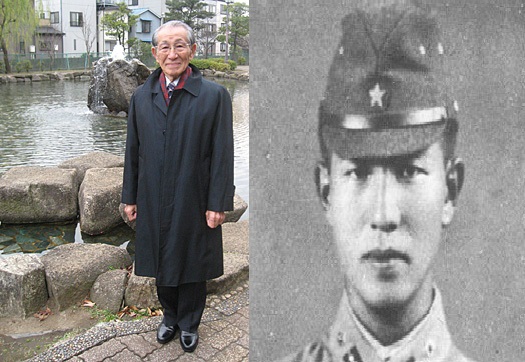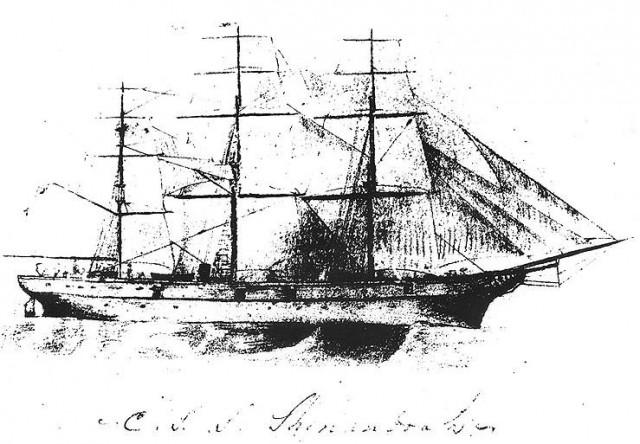War is all about standing up for what you believe in, even if it eventually leads to your death. A real soldier fights till the end, but in history there are those soldiers who were willing to go on fighting even after the war was over, or when it was wiser to surrender than go on fighting. Let’s shed light on some of these soldiers, because they left a living legacy of unwillingness to surrender.
1 Hermann Detzner (WWI)
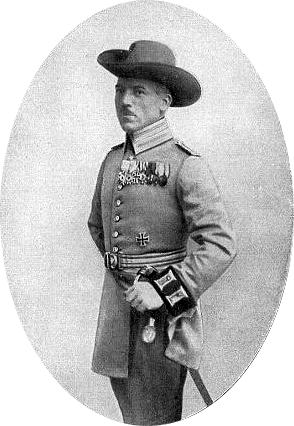
Hermann Detzner had been sent to New Guinea in January 1914 to survey the land and create a map, since part of the land was under German control at the time. He carried a team of skilled explorers and travelled with them to the partial German colony .World War I broke out later on that summer, but Hermann Detzner and his team had no idea that there was a war going on.
He only came to learn of the war later when Australian troops took over New Guinea, but instead of surrendering to the army, he retreated deep into the jungle with his team and other German officers. He also incorporated some Natives, and formed a small Force which continued to resist the Australian troops for the next four years.
He only surrendered to the Australian troops in January 1919; three months after the war had ended.
2 Operation Haudegen (WWII)
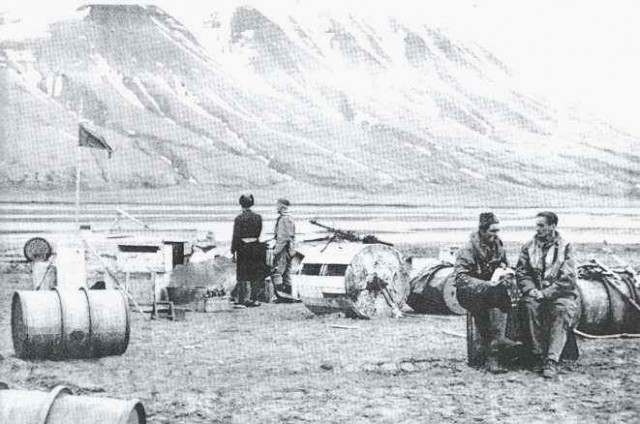
This was a top secret Nazi operation, meant to establish a meteorological station on Svalbard, in Norway. The team was transported to the area via a submarine known as the U-307 in September 1944 and their mission was to carry out a survey of the North Atlantic weather patterns.
Due to the secrecy of their mission, when World War II ended, they were sort of forgotten on the island and they lost contact with the Germans. They had to persevere the harsh climate of the Arctic Circle for one more year until September 1945 when the Norwegians received a distressed call, and sent out their seal hunting ship to go and check what was in the island. The German team surrendered to the Norwegian crew, and this made them the last German troop to surrender, during WW2.
3 James Waddell (American Civil War)
Pencil sketch of CSS Shenandoah, drawn by James Iredell Waddell [Via]
James Waddell, captained a ship known as CSS Shenandoah, and had been given orders to destroy Union Commerce on the high seas during the civil war. CSS Shenandoah was a full rigged ship with auxiliary steam power of 790 tons. James Waddell captained it halfway around the globe, with the plan of entering the Pacific Ocean.
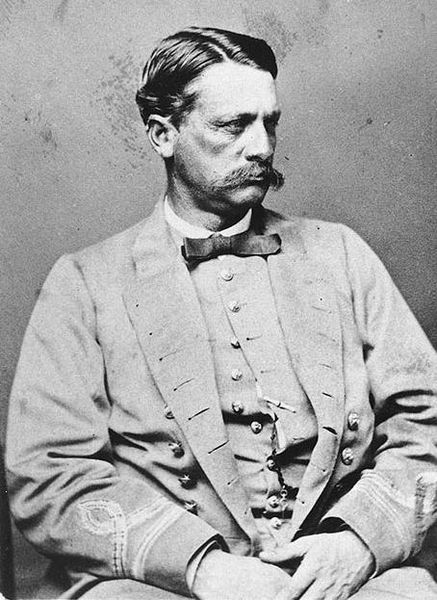
Along the way, it destroyed six ships and burned 32 others, capturing over 1,000 prisoners of war along the way. Due to the long voyage that the ship had taken before it entered the Pacific, Waddell had not received word that the war had ended, and he only came to know this on August 2, 1865 almost one year since he had been dispatched.
For fear of being captured by the US Navy as a pirate, he was forced to sail the ship around Southern South America before he could start sailing back to England. He submitted to the British authorities on November the same year only to realize that he had travelled round the globe, yet the war had been over for some time.
4 Joseph O. Shelby (American Civil War)
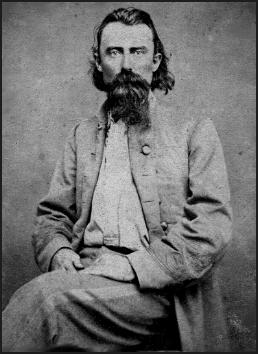
He was a General during the civil war and he refused to surrender to the Union Forces. His war tactics had earned his unit the nickname `Iron Brigade`, since he never shied away from destroying key union property worth millions.
When the Union Forces won the war, he fled to Mexico with a team of 600 soldiers who were part of his unit, claiming that he preferred exile over surrender. He made a deal with the Emperor of Mexico, who allowed them to form a small settlement of Confederate expatriates.
However, they were forced to return to the United States in 1867 when Maximilian I who was the Emperor of Mexico at the time was overthrown.
5 Hiroo Onoda (WWII)

Born in March 19 1922, Hiroo Onoda may be described as a soldier who refused to believe that the war was over, and he continued fighting for the next 29 years. He came from a family of ancient Samurai`s and from a young age he developed a great interest in the art of war such that by the time he was turning into a grown man, he was already working as an intelligence officer for his Country Japan.
During World War II, he was given direct orders not to surrender no matter the circumstances and was sent to the Philippine`s Island of Lupang, and he took these orders with utmost seriousness. When Japan lost the South Pacific war and Lupang was captured, Hiroo Onoda took three of his most loyal soldiers and ran away into the thick forests of the Island, from where he continued to wage guerilla war tactics on the Philippine army.
He would carry out raids against the Philippine army, and every time he would take out a huge number of soldiers. Even after one of his soldiers surrendered to the Filipinos and the other two were killed during a raid, he continued to fight alone until 1974 when his former commanding officer came to the island and told him the war was over, and urged him to stand down. He died in January 16 2014, at the age of 92.
